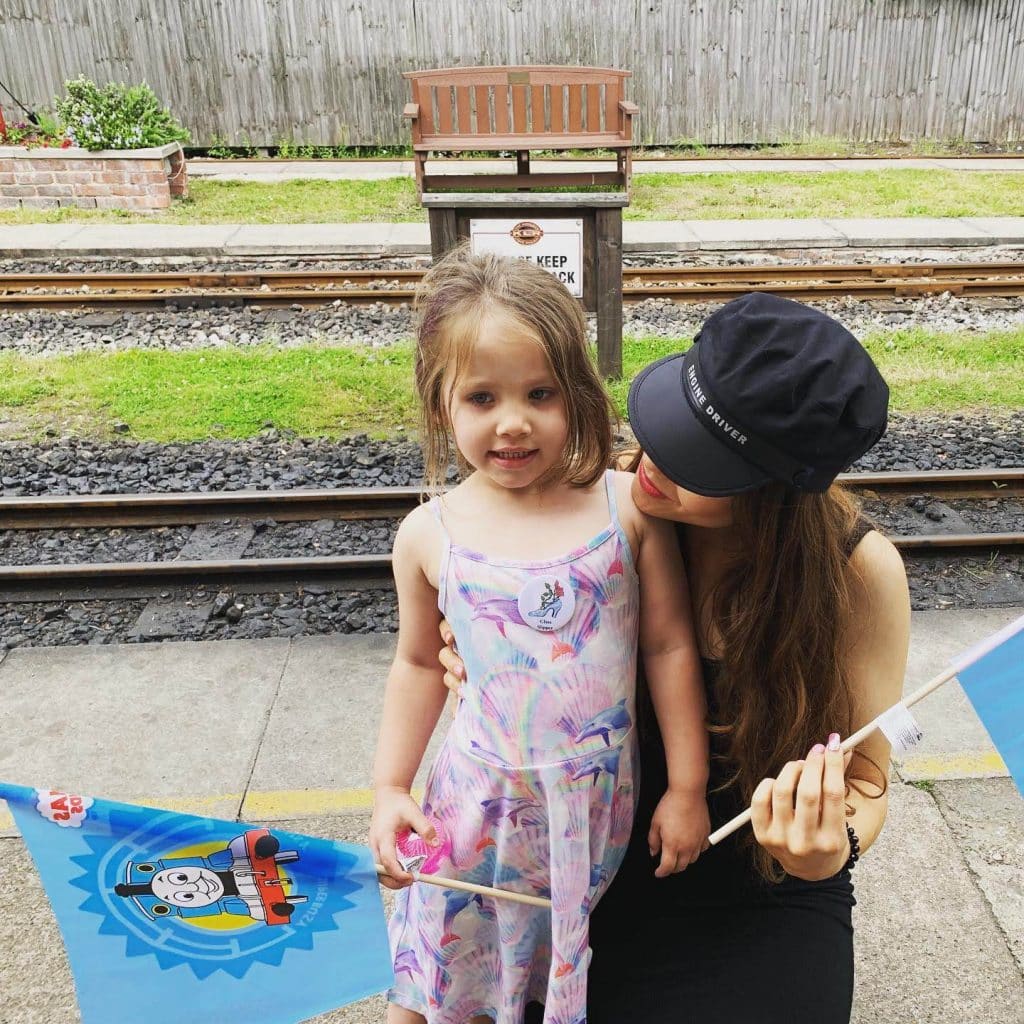I was tossing and turning in bed, I couldn’t sleep, what if she had killed herself that night? How could I live with myself? I had been laughing and joking with my head teacher that day at school… it was fine at the time but immediately after I went into panic mode. Had I laughed too much where she thought I was laughing at her? Had it offended her? Had it knocked her confidence? Would she take her own life?
Obviously now writing this out, I can see how ridiculous these escalating thoughts were as a child but they were so real to me then. They felt reasonable not ridiculous. I was so scared of upsetting or hurting other people that my thoughts would quickly escalate out of control. I would have to check on people that they were still alive and that they had not taken their own life or harmed themselves because of me. I didn’t want to hurt anyone or anything… to the extreme.
Today 1 in 8 children have a diagnosable mental health problem, that’s 3 in every class (if your child goes to school)… so it is important that we raise the awareness of helping children with their mental health and wellbeing generally as well as being able to spot mental illness in children or at least referring them to get support from school or mental health teams (although I know this can be a battle in itself!).
This week has marked Children’s Mental Health Week and the theme is Find Your Brave in the things that we can do or already do and sometimes (as children and adults) just to “show up” helps our mental health and is the ‘brave’ thing to do.
We can find our brave in speaking about worries and our mental health or trying to overcome worries by breaking them down.
Here’s some tips on talking to children about worries and anxiety:
ASK open questions (don’t assume)
ENCOURAGE THEM TO SPEAK, WRITE OR DRAW their worries
CREATE a worry box or monster to put their worries in
SET SMALL GOALS to overcome their worry
BREATHE mindfulness and distraction techniques
USE POSITIVE SELF-TALK Children learn from example
SUPPORT Make sure a child has someone at home and/or school to talk to
There’s more tips in this blog post on helping children with their mental health, worries and anxieties.

In our house, as I am acutely aware of the importance of being open about mental health, I talk about it as much as I do about physical health and fitness, if not more. I take pills for my mental illnesses so I have had to explain in simple terms that these are just to keep mummy’s head well, like kids at school have inhalers to help with Asthma. They don’t need to know the details of my Anxiety and Depression, not at their age anyway (4 and 7). My philosophy with my kids and in general is that if I were to tell them I am taking medication for a bad back I believe I should do the same about my mental health so it is not something scary or taboo, it’s just normal.
Another way we spoke about worries was after seeing a theatre show called “Butterflies” at The Crucible Theatre in Sheffield which showcased and illustrated what butterflies in our stomach feel like and could look like to help children picture them. So even aged three-years-old at the time, my youngest daughter Arianna began to understand and explain when she felt butterflies either through worry or being nervous.
I think this week and every week we can all find our brave by talking more openly about our mental health as well as physical health and also to actively listen to others when asking them “How are you?”
How do you speak to your children about mental health?
